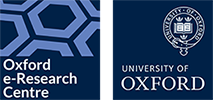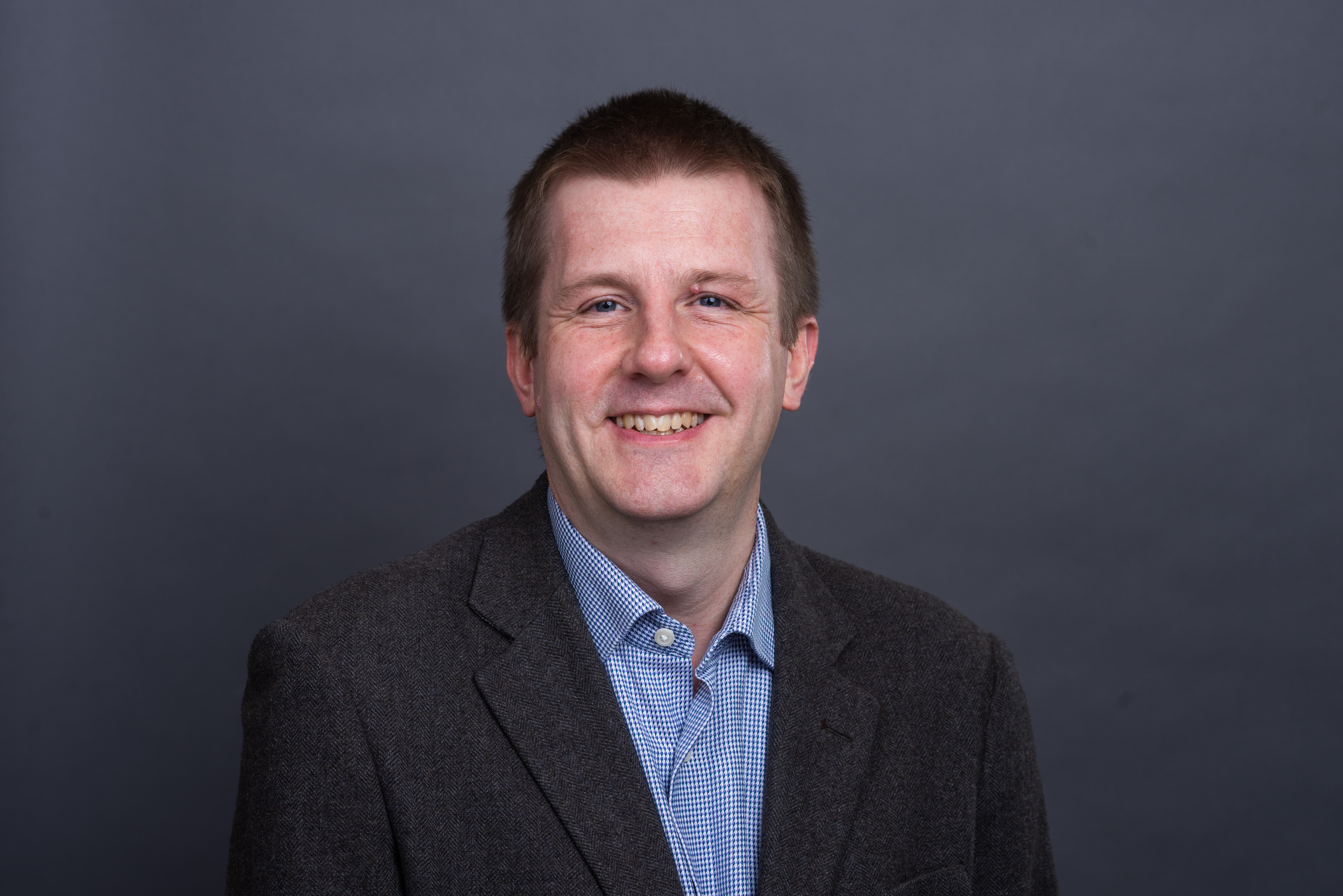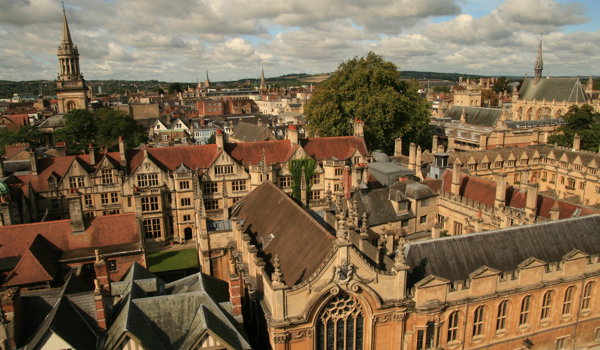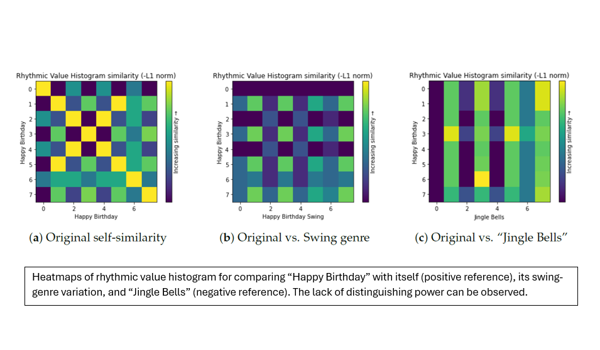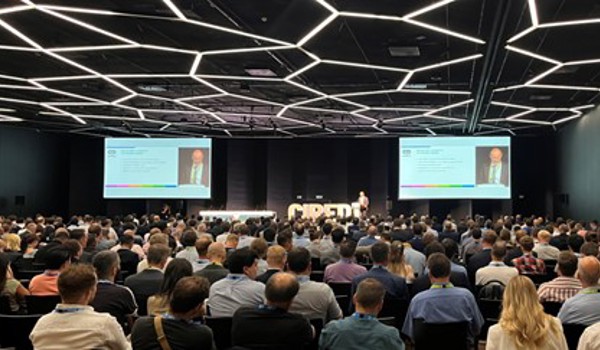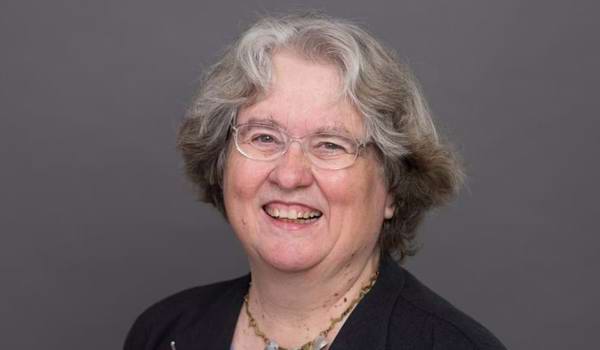11 Feb 2025
Enriching Exhibition Stories with the Quire Linked Art Extension
Bringing new ways of presenting exhibition narratives and a more diverse range of perspectives when visitors engage with exhibitions
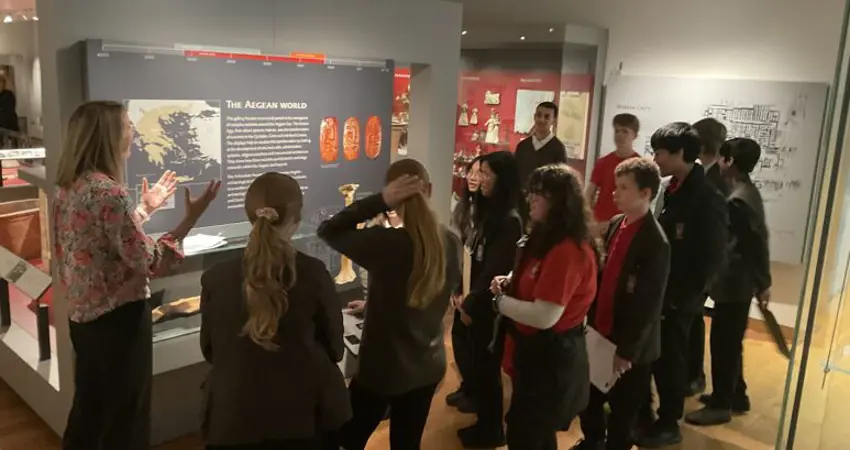
Cheney School students visit the Ashmolean Museum. Reproduced with kind permission of Cheney School
Traditional exhibition catalogues are extremely informative documents, but may be daunting, perhaps even intimidating, both to those who read them and those new to writing them. The Enriching Exhibition Stories project (EES2, Principal Investigator: Dr Kevin Page) is helping museums more easily create a wider range of digital resources for their exhibitions.
These will bring new ways of presenting an exhibition narrative and a more diverse range of perspectives than is traditionally found when users and visitors engage with exhibitions.
The EES2 project builds upon a successful international collaboration (the Enriching Exhibition Scholarship project) between leading researchers at the Oxford e-Research Centre, University of Oxford, the University of Edinburgh, and Yale University in the US, alongside the Ashmolean Museum in Oxford and the Yale Center for British Art.
The project uses and extends the open source Quire software, developed by Getty, which creates rich documents such as exhibition catalogues which are easy to author, build, deploy and maintain, even by smaller institutions and individuals. Enriching Exhibition Stories has successfully added capabilities to Quire so that it works with Linked Art (the structured data used in the earlier research project). The Quire Linked Art Extension fetches data from a Linked Art API and merges object records and images (via IIIF) into a Quire project. The result: rich new forms of digital stories.
Two trials were set up. In the first trial the project team worked with the curator of the recent Labyrinth: Knossos, Myth & Reality exhibition at the Ashmolean Museum, to create a digital story connecting items from the exhibition through educational resources. The exhibition had already generated lots of content which could usefully be reused: a catalogue, exhibition panels and labels, a website and enriched collection records.
Existing learning resources in the Museum’s permanent Aegean World gallery showed there was already an interest in object-focussed teaching.
Cheney School is a comprehensive secondary in East Oxford with its own museum: the Rumble Museum. Working with the school and colleagues at the Ashmolean, the project successfully created a programme of outreach and teaching activities embedding story-telling, museum documentation and structured data approaches within history and computing lessons aimed at secondary school children.
This second trial involved school students visiting the Ashmolean Museum and then using the software to create their own digital stories – a reflection of their own personal interpretations of exhibition material and context. The result: a Quire book documenting their observations and interpretations of museum objects, which the school could publish.

Reproduced with kind permission of Chenery School: Cheney School students using Quire Software to create digital stories
Teaching staff commented about the students’ experience:
“They'd never been to the museum. They had never thought it was for them. They do now.”
“Everyone was so invested in the project, staff, teachers and pupils. They really engaged with the learning, teaching and the research process itself. I really enjoyed my time working with them. Their participation in the design, construction and delivery of this project and its outputs drove the process and I hope ended up with an output that really works for this school and many others.”

Book excerpts reproduced with kind permission of Cheney School. Ashmolean object image © Ashmolean Museum, University of Oxford
Experience from both these trials was coalesced in a 'train the trainers' session for museum professionals at the Digital Humanities at Oxford Summer School, and in dissemination to museum conferences in the UK and US.
In November 2024, at the International Council of Museums Documentation annual conference (CIDOC) hosted by the Rijksmuseum in Amsterdam, Kevin Page presented the EES2 project with its focus on the Quire extension alongside the results of the two trials, all of which are now available for re-use on the project website. The conference brings together museum professionals through the auspices of the International Council of Museums Committee for Documentation. Around 200 attendees from galleries and museums around the world attended, with a similar number joining online, for a packed programme exploring the latest in practice and technologies for connecting people to art and history through information and data.
Find out more
- Linked Art
- Enriching Exhibition Stories project (EES2)
- Quire Linked Art Extension
- Training tutorial for using the Quire Linked Art Extension
- Exploring the Labyrinth with Quire
- EES2 schools outreach and materials
